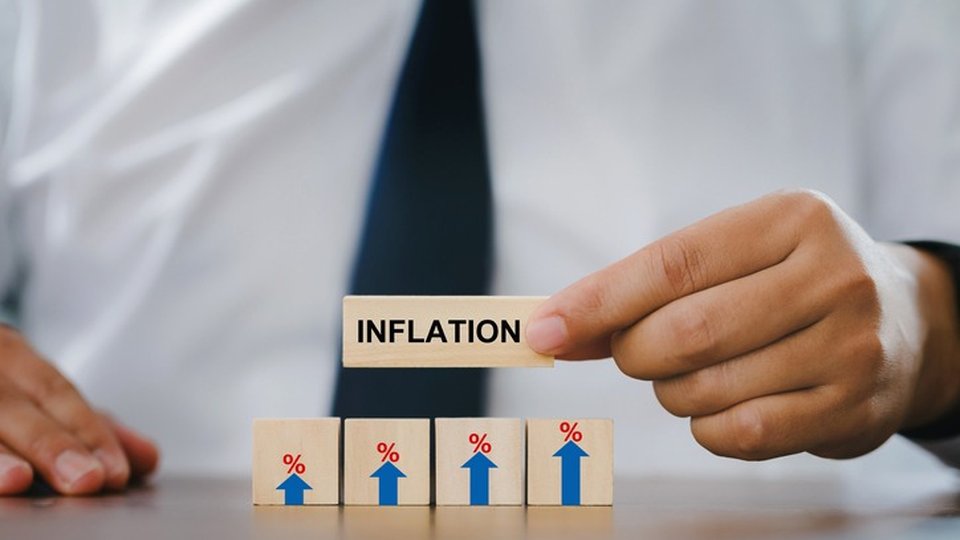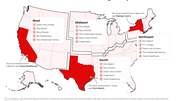Technology
Using digital tools to fight rising food, gas costs
Aman Narang, president and co-founder of Toast, reveals how data-powered technology can help restaurants fight inflation and higher gas prices.

July 20, 2022 by Aman Narang — Co-founder, COO, President, Director, Toast
Restaurants continue to grapple with food inflation, which is all too real: the May 2022 Consumer Price Index (CPI) for food away from home (i.e. in restaurants) increased 7.4% year over year. Moreover, the food-at-home CPI lifted 11.9% –– the largest year-over-year bounce since 1979.
Despite these headwinds, restaurant owners are in a position to maximize margins without solely passing costs onto consumers. And by keeping menu price increases at bay, restaurant owners will gain an advantage over their competitors by winning diners' loyalty.
Here are two ways they can do it:
1. Employ data-driven, recipe-costing tools
When input costs rise, the natural reflex is to increase menu prices to account for those changes. This tendency puts the onus on restaurant operators to satisfy price points that may be beneath target menu prices without sacrificing profit margins. It can be a tricky balance.
Data is the strongest way for restaurants to strike that balance. For example, data-driven, recipe-costing tools can show operators down to the penny how much each serving of every recipe costs. From there, menu engineering systems can fold those costs into consideration with pricing, menu design and more.
With this data, restaurants are able to determine the best prices for dishes so that they can avoid overcharging customers and instead make more informed decisions about whether to cut certain dishes from the menu while prices remain high. These tools also offer real-time insight into which items are costing more, where they can reduce costs, and — for multi-location brands — reallocate inventory to locations that are in higher demand.
One of our customers, a regional hospitality group in Texas, was able to reduce costs by 3% on average across their locations — saving them over $330,000 a year.
2. Make trade downs a competitive advantage
Even when it might make sense to raise some menu prices, that doesn't mean restaurant operators can't also introduce new items and prices that allow diners to "trade down," or opt for less expensive meal options. Trade downs represent an opportunity to capture revenues without minimizing margins. But how can operators do it?
First of all, restaurants should examine local pricing and adjust. If a restaurant's menu prices are already consistently lower than competitors, then its operators are already positioned for trade downs — not to say they shouldn't look to further optimize the menu for a long haul of less-than-ideal conditions. And if a restaurant consistently has high prices relative to its peers, it may be time to add some value-based options to the menu.
Second, restaurants should be more strategic about specials. The profitability of discounts is typically dependent on customers adding on regularly priced items to widen margins. If customers are only ordering specials and not adding on regular items, restaurant operators will need to make up the difference in margin through discounted items. Making up the difference can be achieved with smaller portions, lower discounts, or even combo deals that pair high-margin and low-margin ingredients to balance profitability item by item.
Today's environment can also be a great time to get creative with pricing limited-time offers. LTOs don't even have to include a discount but instead can experiment with a few favorably priced, once-a-week items that use exclusivity rather than discounts to drive sales. So, test different combinations and lean into the winning price points.
Restaurants have been incredibly resilient for more than two years, yet now they face a fresh set of macroeconomic factors, namely food inflation. The good news is that using data-powered menu tools and leaning into trade downs will allow them to win over loyal diners while improving the bottom line.












